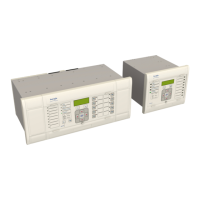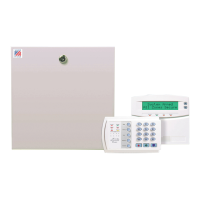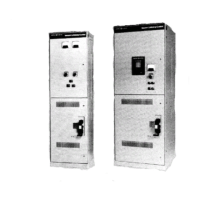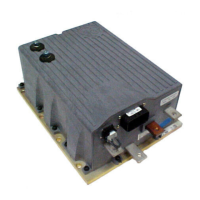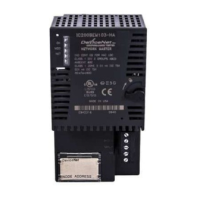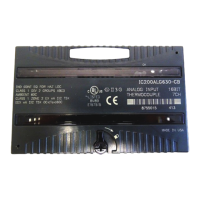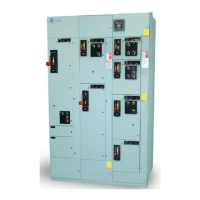Configuring Slow Swing Detection
Slow Swing power swing detection and blocking must first be enabled with the Slow Swing setting. After this, you
need to configure the resistive and impedance reach settings to define the concentric quadrilateral characteristics
for zones 7 and 8:
PSB R7: forward resistive reach for zone 7
PSB R7': reverse resistive reach for zone 7
PSB R8: forward resistive reach for zone 8
PSB R8': reverse resistive reach for zone 8
PSB Z7: forward impedance reach for zone 7
PSB Z7': reverse impedance reach for zone 7
PSB Z8: forward impedance reach for zone 8
PSB Z8': reverse impedance reach for zone 8
You also need to configure the impedance phase angle a. This is the same for zone 7 and zone 8. To do this you
need to set Alpha between 20° and 90°.
The PSB timer setting defines the minimum time that the impedance trajectory must take to cross through zone 8
into zone 7 (Dt) before a power swing is deemed to have taken place. A power swing is indicated if Dt > PSB Timer.
3.2
DETECTION OF A FAULT DURING A POWER SWING
Faults are characterised by step changes in superimposed current (ΔI) rather than more gradual transitions
symptomatic of a power swing.
When a power swing is in progress, the threshold for the phase selector is increased to a value twice that of the
maximum prevailing superimposed current caused by the swing. A fault will cause a ΔI greater than this raised
threshold, so the fault will be detected by the phase selector. Operation of the phase selector in this condition
unblocks the PSB function, to allow tripping of Distance elements.
To provide stability for external faults, the blocking signal is only removed from zones that start within two cycles
of the phase detector recognising the fault:
Any Distance element measuring an impedance inside its characteristic before the phase selector detects the fault
remains blocked. This prevents tripping for a swing impedance that may be coincidentally passing through a fast-
acting zone, and which could cause spurious tripping if all elements were unblocked without qualification.
Any Distance element that measures an impedance inside its characteristic after the two cycle ΔI window of the
phase selector has expired, remains blocked. This prevents tripping for a continued swing that may pass through a
fast acting zone which could cause spurious tripping if the element was allowed to unblock by an unqualified
phase selector reset.
3.3
POWER SWING BLOCKING CONFIGURATION
To use the Power Swing function, you must ensure that the PowerSwing Block setting in the CONFIGURATION
column is set to Enabled. You can set Power Swing Blocking to Indication (where alarms are raised but no
blocking is imposed), or to Blocking (where blocking actions are imposed).
To define what the action the PSB function should take, you need to set the distance zones. The available distance
zones are:
Zone 1 Ph. PSB: Zone 1 phase
Zone 2 Ph. PSB: Zone 2 phase
Zone 3 Ph. PSB: Zone 3 phase
Zone 4 Ph. PSB: Zone 4 phase
Chapter 10 - Power Swing Functions P543i/P545i
276 P54x1i-TM-EN-1
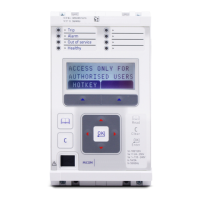
